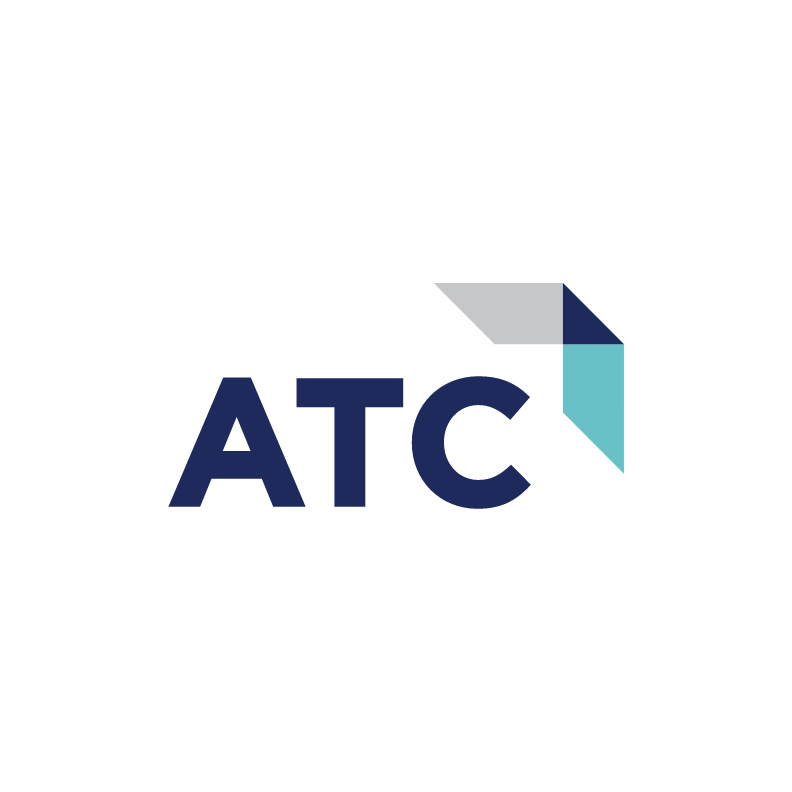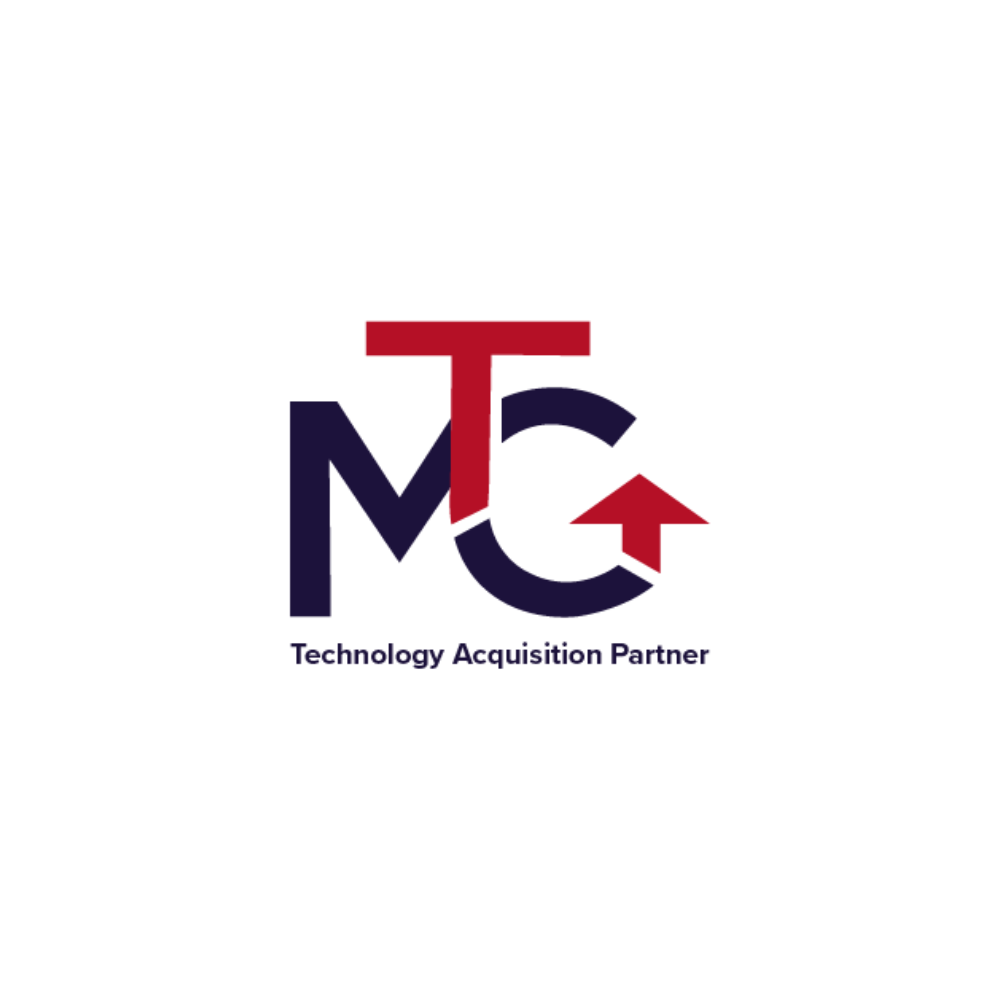
The role of a technology leader is a balancing act of innovation, resource management, and strategic foresight. Yet, no matter how experienced or forward-thinking a leader may be, adhering to dated approaches and failing to adapt quickly can hinder an organization’s growth. Here’s what every tech leader should stop doing to ensure their organization thrives in an increasingly competitive technology landscape.
1. Sticking with Legacy
Legacy systems may feel reliable, but they carry hidden costs that can weigh heavily on an organization’s operations. Maintenance expenses, inefficiencies, and incompatibility with newer technologies can obstruct scalability and growth, creating short- and long-term competitive disadvantages.
Additionally, staying dependent on outdated systems can frustrate both employees and customers. Slow interfaces, limited functionality, and inefficiency in responding to demands affect productivity and satisfaction.
One key responsibility of a tech leader is to foster an environment of progress. This means phasing out legacy systems in favor of modern, scalable solutions. Migrating to the cloud, for example, offers enhanced agility and cost optimization compared to on-premise systems. Though transitions take effort and there is some inherent risk, the benefits far surpass the short-term inconvenience.
2. Under-Resourcing Cybersecurity
Cybersecurity is not a corner to cut, it’s a foundation to uphold. However, many organizations still fail to allocate adequate resources, often viewing it as an expense rather than insurance or, better yet, an investment. This approach can have catastrophic effects.
Powered by AI, cyber threats are more sophisticated than ever, ranging from ransomware attacks to end-user and insider breaches. Underfunding your cybersecurity initiatives creates vulnerabilities that bad actors will exploit. Not fully protecting your environment could mean loss of proprietary data, damage to your company’s reputation, and heavy financial penalties due to non-compliance with data protection regulations.
3. Delaying Adoption
It’s natural to fall into the trap of waiting until a technology trend “matures” or becomes “accepted” before exploring its potential, but technology does not wait. Delaying the adoption of emerging technologies, platforms, and services often places organizations at a competitive disadvantage. Companies that hesitate risk losing market share to faster-moving rivals who leverage innovation to streamline processes, reduce costs, or enhance customer experiences.
Take cloud communications, for example. Despite its widespread adoption across industries, some organizations continue to rely entirely on premise–based phone systems that long ago lost the modernization race with Unified Communications as a Service (UCaaS).
Early adopters of next-gen technologies have reaped the benefits of efficiency, scalability, and data-driven decision-making. Meanwhile, organizations that delay implementation often find themselves playing an expensive game of catch-up. Instead of assuming these advancements are “not ready yet,” adopt an agile approach that allows small-scale testing before rolling out.
4. DIYing Everything
“DIY” is a Midwestern staple, but the “DIY everything” approach is not scalable, or even sustainable in today’s technology landscape. When managing complex IT ecosystems dependent upon rapidly changing technologies, DIY is a recipe for bottlenecks and oversights. Tech leaders who insist on building proprietary solutions or choose to “go it alone”—out of budget-consciousness or a desire for control—often discover that the results can be less than desired and can be more challenging to scale, maintain, or integrate.
Outsourcing, leveraging third-party expertise, and collaborating with skilled IT partners can be an efficient and sustainable way to scale your team. These partners bring specialized expertise, allowing your in-house team to be more strategic with a focus on core business objectives. By stopping the impulse to “DIY everything,” tech leaders can increase internal bandwidth and resources, ensuring strategic priorities receive the attention they deserve. And, the IT team gets the attention it deserves!
5. Undervaluing Soft Skills
Traditionally, IT leadership has focused on technical expertise, certifications, and project-specific skills. While these are undeniably essential, overlooking the value of soft skills like communication, collaboration, emotional intelligence, and leadership can undermine overall effectiveness.
Tech leaders frequently engage with diverse stakeholders—from executive teams to end-users—requiring the ability to translate complex concepts across a broad spectrum of personas. Soft skills help bridge this gap, promote collaboration, and build trust. IT organizations led by individuals who emphasize both soft skills and technical expertise are far more likely to achieve cohesion and alignment across functions. Stopping the undervaluation of soft skills is a simple yet powerful move toward becoming a C-level, IT rock star.
Final Take
The demands of IT leadership are vast, requiring expertise across various segments of technology, processes, people, and systems. The greatest leaders are those willing to continually reassess their approaches and practices. By addressing these common pitfalls—sticking with legacy, under-resourcing cybersecurity, delaying technology adoption, DIYing everything, and undervaluing soft skills—tech leaders will pave the way for greater agility, security, and success.
Louie Hollmeyer is a seasoned B2B tech marketer with over 25 years of experience. With Advanced Technology Consulting (ATC), Hollmeyer serves as a hybrid marketer, business development executive and consultant, specializing in voice, data, cloud, cybersecurity, and data & AI services. ATC, located in Liberty Township, OH, is an independent IT consulting and professional services firm with access to an extensive portfolio of over 700 technology providers.














.png)




